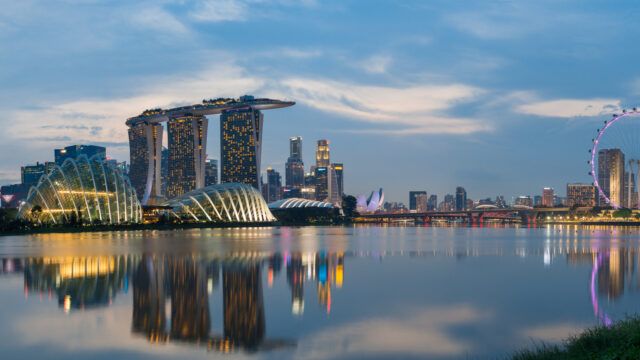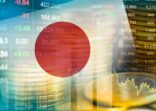Broadridge estimates that about 81% of long-term fund assets worth $3.8trn (excluding money market products and funds distributed exclusively via affiliated channels) in Apac were accessible to third-party asset managers in 2020, translating to a growth of 32.5% from 2019.
The trend was led by China with $1.5trn in accessible assets, followed by Japan and Australia with $634bn and $458bn, respectively.
“A requirement for foreign diversification and ESG fund demand have driven the accessibility of regional assets to third-party managers,” said Evonne Gan, associate director of Apac Insights at Broadridge.
This is one of Broadridge’s key findings in its recently released Apac Distribution 360 report (2021 Q1 edition), which put the spotlight on two markets, Japan and Singapore (Hong Kong will be examined later in the year).
Broadridge estimates that long-term mutual fund assets under management (AUM) in Japan will show a compound annual growth rate (CAGR) of 7.7% through 2025 while long-term mutual fund assets in Singapore will show a CAGR of 11.0% through 2025.
Strategies that were popular in 2020 included thematic, global and North American equities, according to Broadridge, a global fintech firm.
“Overall, demand for foreign diversification across many APAC markets will provide global managers an avenue to offer their expertise as such strategies are more likely to be run by foreign managers as local players may lack global investment expertise,” Gan told FSA.
Product partnerships between local asset managers and global asset managers are especially evident in Thailand and Malaysia, where the local (feeder) funds feed into a foreign target fund, and Japan where local asset managers appoint global managers as sub-advisors.
Domestic asset managers exploring product partnerships with global managers include Asset Management One and Mitsubishi UFJ Kokusai Asset Management in Japan, Affin Hwang Asset Management in Malaysia, and Kasikorn Asset Management in Thailand.
“Having said that, local names, especially those in Singapore and Hong Kong, are also beefing up their expertise to offer more diversified solutions,” said Gan.
ESG outsourcing
The popularity of ESG investing has also been a catalyst for partnerships.
For instance, in Singapore, Schroders and HSBC partnered to launch the Schroders ISF Sustainable Multi-Asset Income Fund in September 2020, which HSBC exclusively distributes. The launch of this product came shortly after the Monetary Authority of Singapore (MAS) encouraged the development of more ESG fund products in the city-state in July last year.
The multi-asset strategy complements HSBC’s own ESG product line and helps it fulfil its pledge to facilitate $100bn of sustainable financing by 2025.
Broadridge estimates that the 5-year CAGR for ESG assets in Singapore through 2025 at 30.2%, led by bond strategies at 47.7%.
Although the continued push from regulators will accelerate ESG adoption among institutions, Broadridge expects ESG assets growth to be driven by wealth channels as fund selectors in the region are scrutinizing asset managers’ ESG integration processes.
At the same time, asset managers are building ESG brand awareness via product partnerships and knowledge transfer programs, according to Broadridge. Across Apac, it forecasts that long-term ESG funds will show a CAGR of 31% through 2025, much faster than 13.7% for other funds.
In Singapore however, ESG investments still represent a low base, and local and foreign asset managers will benefit if they can demonstrate investment capabilities in this sector. Any such moves will also be timely as it helps extend asset managers’ reach to younger investors.
“The advent of more ESG fund products will align with the ongoing generational shift in investors, with the younger generation of investors more cognisant of sustainability issues related to investments,” said Gan.

















